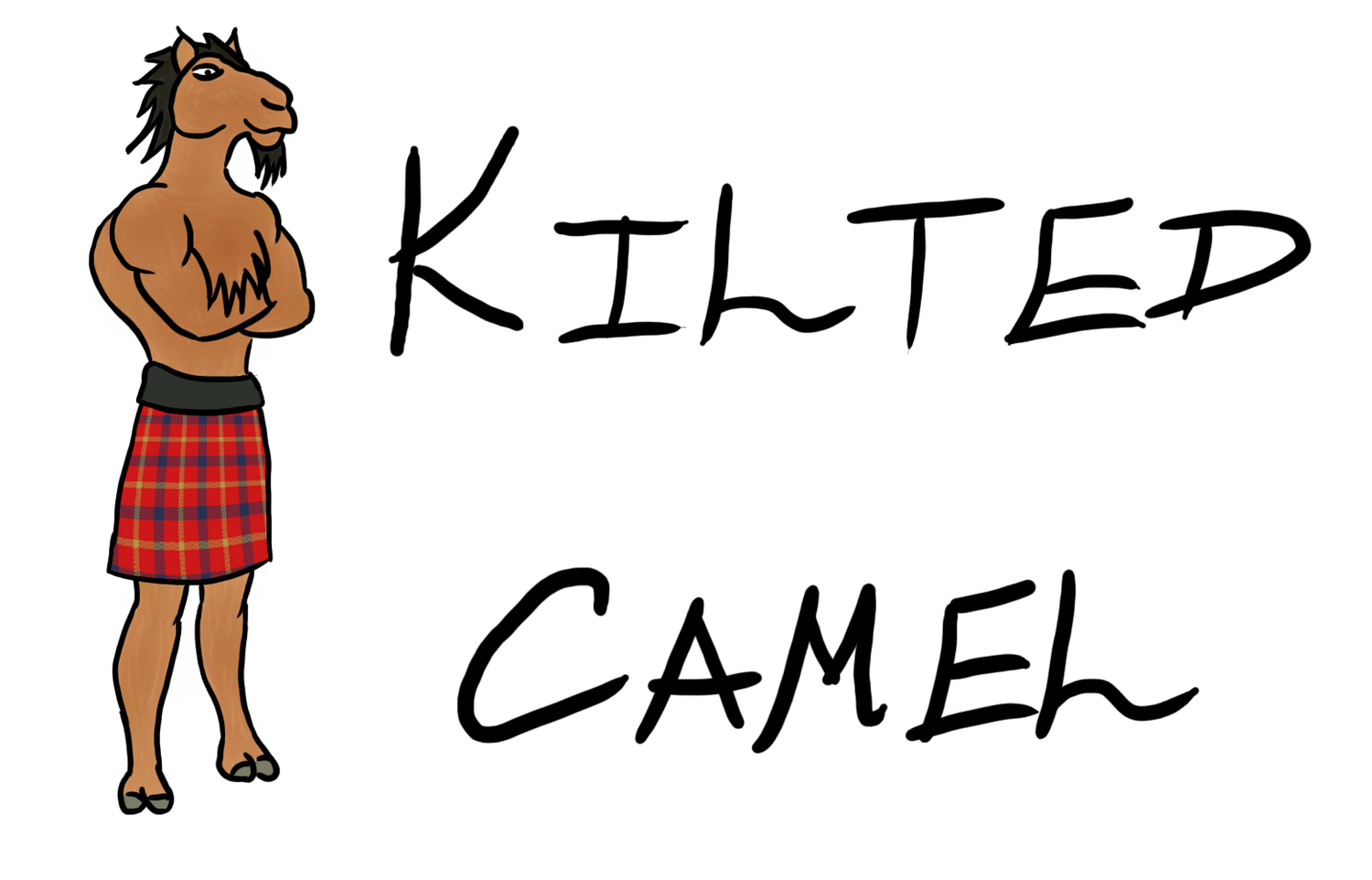Whatto lads and lasses. Welcome to the first of many blog posts on the development of Defend the Highlands World Tour. The game follows on from Defend the Highlands - http://store.steampowered.com/app/374830/. This first post will be a brief overview of the game.
For those unfamiliar with the franchise, here's a quick synopsis of the story so far:
Jealous of their fine culinary culture (and a bunch of other random reasons) The English, Irish and Welsh invaded Scotland. Of course, many Scots weren't too happy, so they formed a resistance around the unlikely hero Alfredo, a humble pub owner from Northern Scotland. The Scots rampaged through the highlands, defeating every English, Irish and Welshman they encountered, until they had retaken Scotland. Not satisfied however, they continued their campaign through the rest of Great Britain, until the entire British isles were under Scottish rule.
Now to Defend the Highlands World Tour:
Alfredo has been deeply disturbed of late, hearing stories of Scotsmen around the world who are unable to find haggis in their local supermarkets. Something must be done. So he assembles an army of Scotsmen to come with him around the world, constructing Haggis factories in every corner of the globe. He is joined by the mad Scientist, Mac McMac, whose latest inventions – the Bagpipe Airship and the Kilt-Lift-O-Matic – will be vital tools in their mission.
The Scotsmen begin their journey by crossing the pond to France, where they plan to build haggis factories on the field of Agincourt, at the Eiffel Tower, in the ruins of the Chateau de Ponce, and in the French Riviera. They soon realise that the locals aren't so keen on having Haggis factories built in their countries, and that they will have to fight off waves of angry stereotypes if they want the factories to stand.
The game will feature:
6 Countries (France, Italy, Egypt, Australia, Japan and the USA)
24 levels
24 enemies
6 bosses
7 hero characters (Alfredo, plus one who joins the Scotsmen in each country)
12 towers (6 Scottish towers, and 6 foreign towers)
The game plays like a combination of RTS and Tower Defense gameplay (anyone who's played the first game will know what I mean). Essentially, you command Scotsmen by selecting them and right clicking, and you construct towers by clicking the tower's build button and then clicking on the level where you want to place it.
The core game mechanics are:
Constructing a haggis factory: In the beginning of each level, the player will start with a bunch of scaffolding air-dropped from the Bagpipe Airship. They will have to assign Scotsmen to construct the haggis factory. The more Scotsmen working on it, the faster it goes up.
Defending the haggis factory: The enemies will be constantly attacking as the player tries to build the haggis factory. Also, once the factory is built, the enemies will stop attacking for a few minutes, before unleashing a huge, last ditch attack to destroy it.
Constructing towers: The player will have to construct defensive towers using money they earn by defeating enemies. The towers also have to be manned by Scotsmen in order to function.
Recruiting more Scotsmen: The player has an unlimited supply of Scotsmen in the Bagpipe Airship. Unfortunately they can only get them down one at a time, using the Kilt-Lift-O-Matic, a machine that blows air upwards so that Scotsmen can parachute down using the updraught in their kilts. The more Scotsmen the player assigns to operate the Kilt-Lift-O-Matic, the faster they will be able to get reinforcements.
Farming Oats: Each map contains six oat fields. Each oat field the player holds will provide a set amount of porridge per minute. Each Scotsman on the field consumes a set amount of porridge per minute. The player has to keep a positive porridge balance, or the Scotsmen will begin to desert.
Purchasing upgrades: At the end of each level, the player will be awarded an amount of money based on their performance, as well as any unspent money left from the level. They can use this to unlock Scottish towers (as opposed to foreign towers, which are unlocked at set points in the game), and upgrade the stats of their Scotsmen and existing towers.
Like in the first game, the tone is essentially taking the piss. I like making games that are funny and don't take themselves seriously. I also like complex strategic and tactical game play, that is easy to learn, but difficult to master. These are the two main qualities I aim to embody in Defend the Highlands World Tour.
That's about it for this blog post. I'll be aiming to post a new one every weekend, highlighting the work I've been doing on the game that week. I hope to see you next time.
Best regards,
Kilted Camel.































